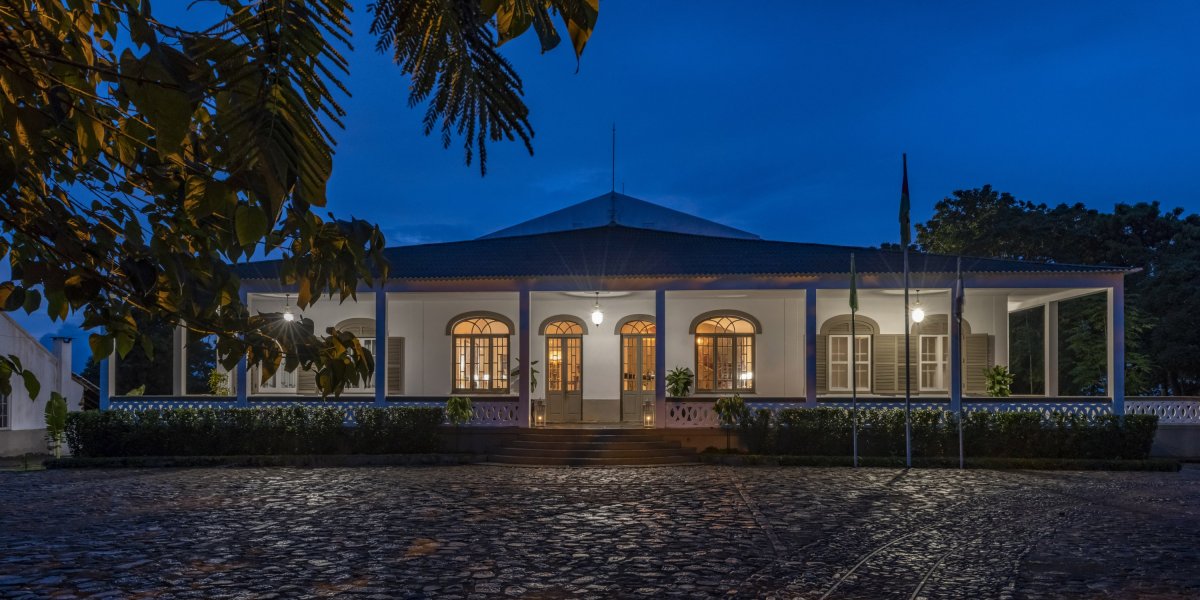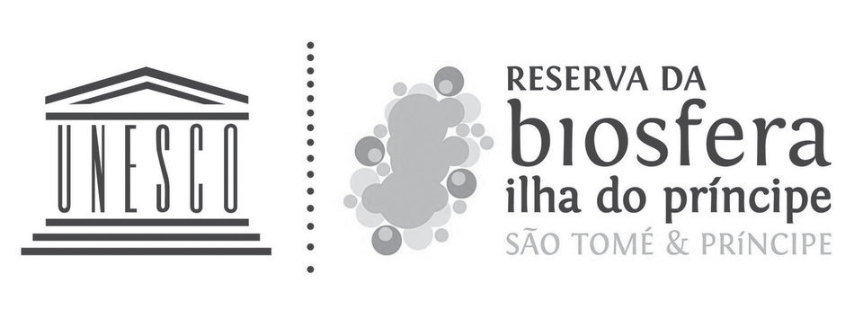Hardly anyone knows it, but the islands lie hidden in the middle of the Gulf of Guinea off the west coast of Africa. São Tomé is only six flight hours from Lisbon and thus reachable within an afternoon. With a slightly smaller plane, it takes about 45 minutes to Príncipe – into a (from a European perspective) completely different world.
What do Time and Space really mean?
A change of perspective on the African island of Príncipe on the 70th anniversary of Einstein's death.
A British research team traveled to Príncipe in 1919 to measure the deflection of light during a solar eclipse. This first experimental confirmation of his General Theory of Relativity made Albert Einstein an overnight icon. On the 70th anniversary of his death on April 18, we reveal why there could hardly be a more fitting place than the small West African island to rethink time and space as absolutes and change perspectives. Today, where the researchers' huge telescope was set up over 100 years ago, the "Roca Sundy" welcomes guests from all over the world. The historic boutique hotel is located amidst cocoa plantations and is part of the Príncipe Collection, an eco-tourism company HBD Príncipe.
Space and time are interconnected, and gravity influences the structure of space-time: this is, in simplified terms, Albert Einstein's theory of relativity. To provide experimental proof of the theory, over 100 years ago, a research team led by British astronomer Arthur Stanley Eddington took advantage of a solar eclipse in West Africa. When the moon darkened the sun on May 29, 1919, they succeeded in photographing the immediately adjacent stars on the small island of Príncipe. The calculation of the star positions finally showed in November of the same year that a large mass like the sun actually deflects a light beam minimally or, in other words, bends it. The news caused a sensation – and made Albert Einstein an icon. Less scientifically expressed, the famous theory states that perception always depends on the observer's perspective and the moment. Everything is relative.
Relatively accessible
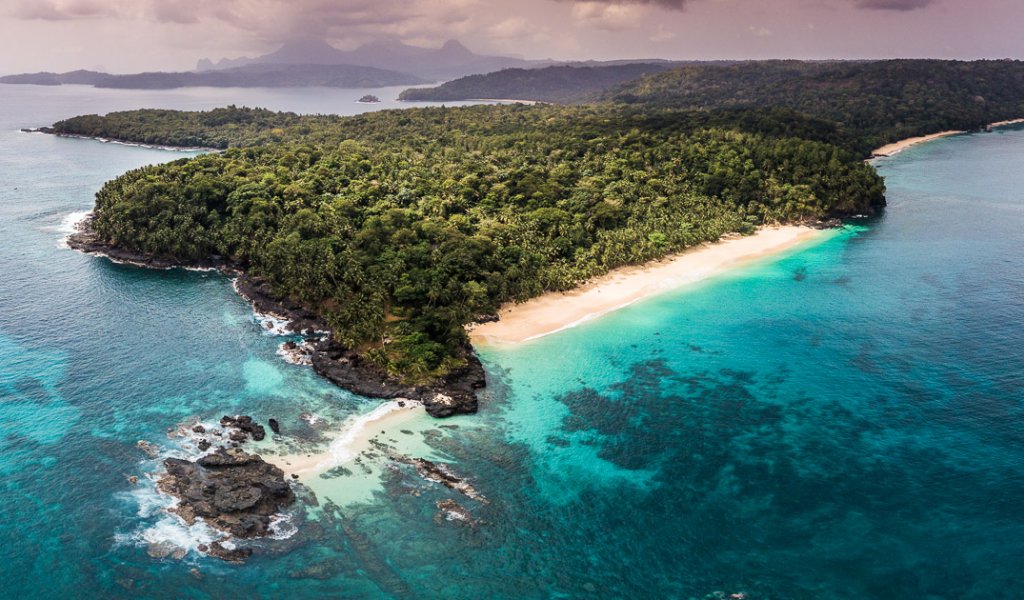
Relatively punctual
Upon arrival, you immediately feel that the familiar structures of the European world do not hold on São Tomé and Príncipe. "Leve-leve" is the motto of the islanders, which means "slowly-slowly." The clocks tick differently here, the rhythm is mainly set by the weather and the sea – those who can adapt to it experience an unknown freedom.
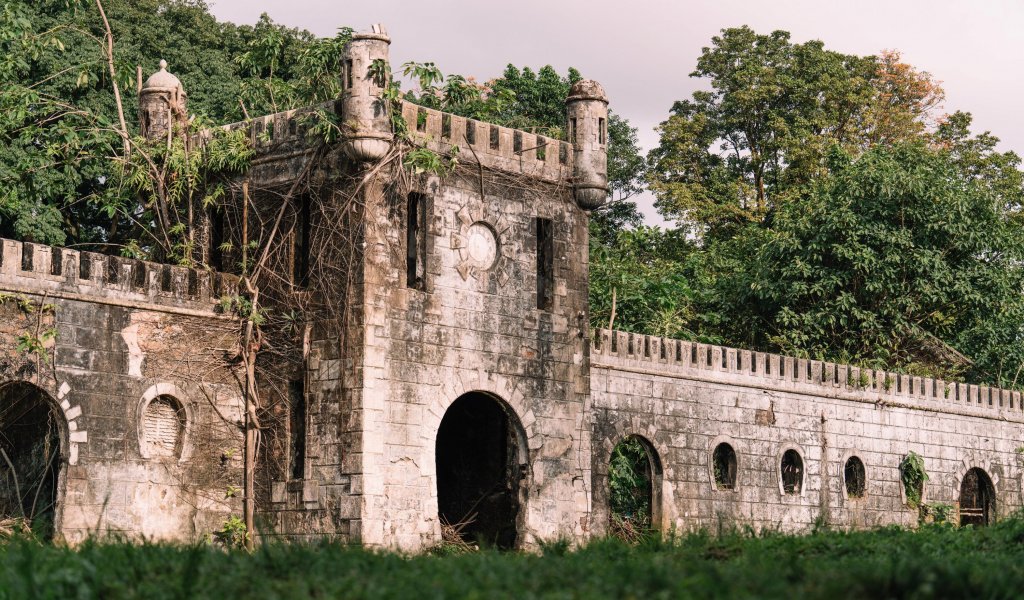
Relatively wet
In the rainforest, the name says it all. The tropical climate means that there are always pronounced rains, especially from October to May. But it is always wonderfully warm – which, together with the high humidity, ensures lush vegetation and thus a diverse fauna. Many of the animal species native here are only found on the two islands. The joy over this valuable natural heritage is not diminished by the rain.
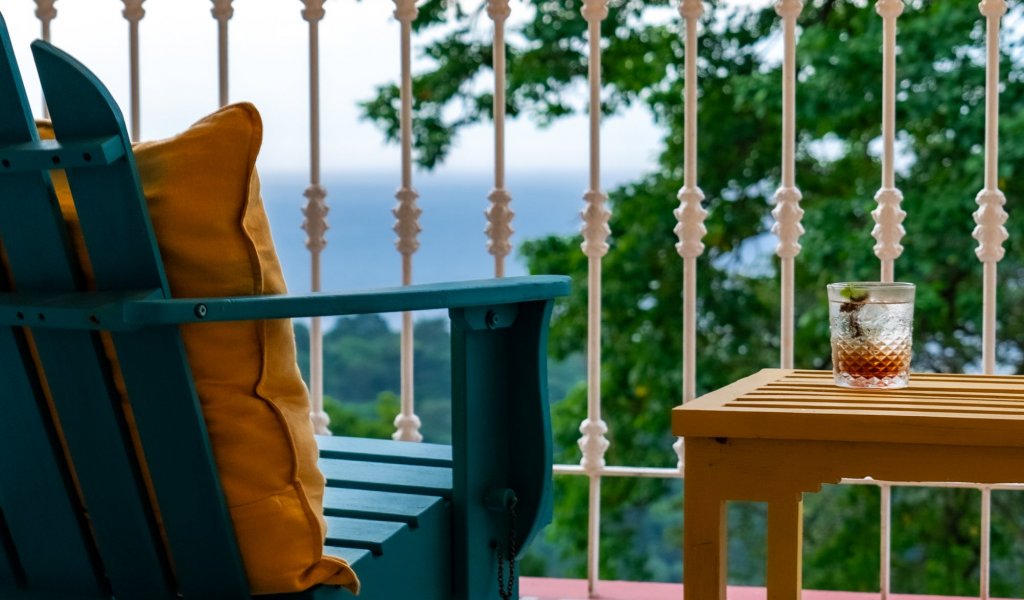
Relatively heavy
In the jungle and in the water, small monkeys, parrots and bats, humpback whales, and of course turtles frolic. Particularly impressive is the leatherback turtle – the largest of its kind in the world. The carnivorous marine inhabitant can grow up to three meters long and weigh up to 700 kilos. In the water, the mass becomes relative: the extraordinary animal often moves seemingly weightlessly over long distances through the world's oceans. The beaches of São Tomé and Príncipe are known for the nesting activities of these impressive colossi. In the peak season in December, up to 30 animals sometimes lay their eggs simultaneously.
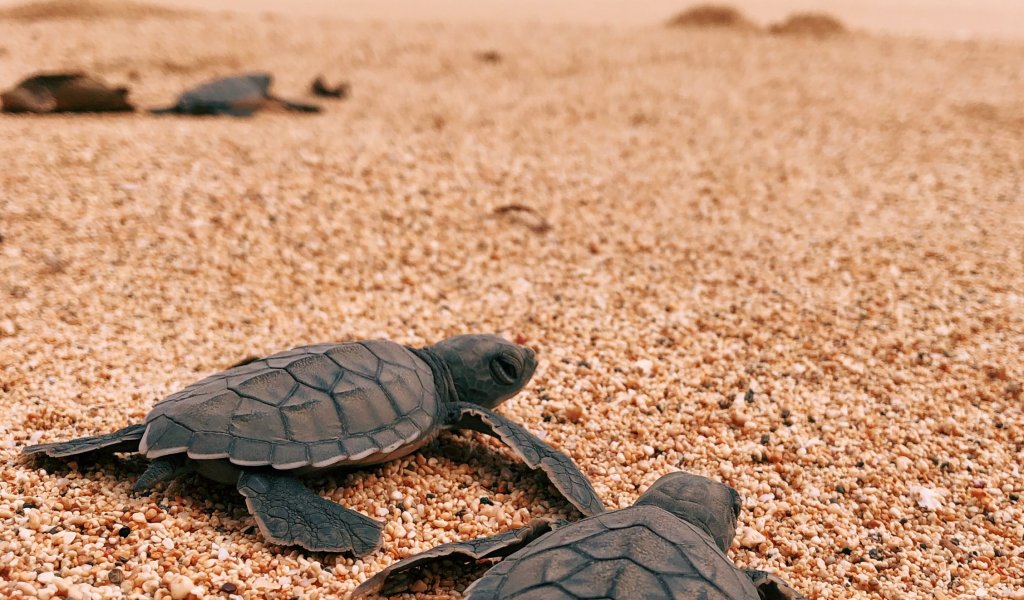
Relatively adventurous
The two islands of São Tomé and Príncipe are still among the lesser-known travel destinations in the world – although much suggests that the legendary Bacardi commercial was filmed on the "Banana Beach" of the smaller island of Príncipe in the 1990s. The eco-tourism project HBD Príncipe names the adventurous: HBD stands for Here Be Dragons. British sailors used to write this on their maps in the face of undiscovered land. Today, visiting the islands is still an adventure – but a very well-protected one. Guests of the Príncipe Collection hotels enjoy four-star "barefoot luxury," can choose from a daily range of expeditions, hotel shuttles are always available, and basic medical care is, of course, ensured in case of need.
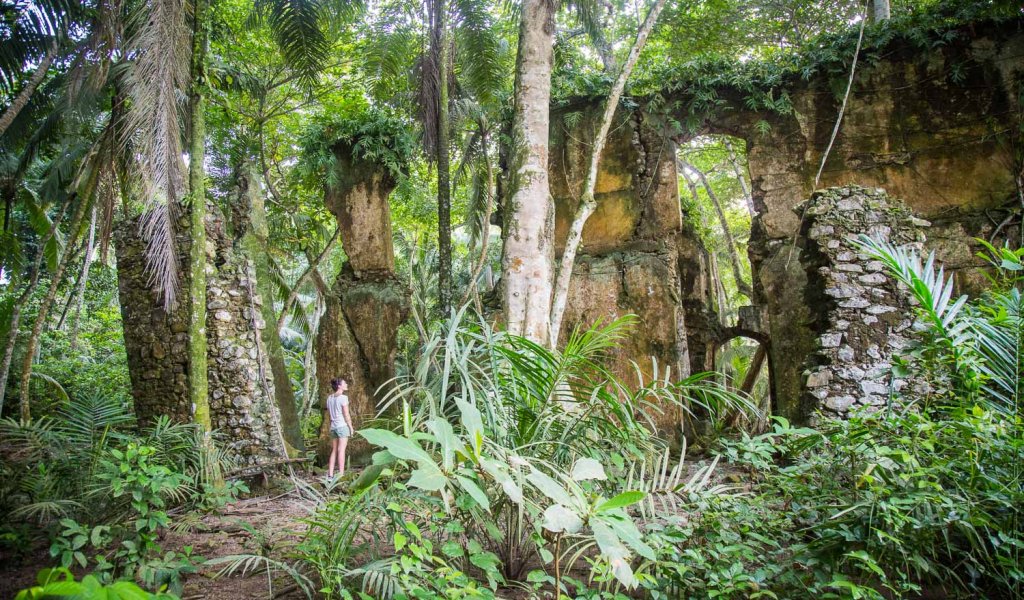
Relatively diverse
When the islands were discovered in 1471, they were uninhabited, and the Portuguese brought workers from Angola, Mozambique, and Cape Verde to São Tomé and Príncipe. Many residents are still aware of their roots today and proudly talk about their origins. This does not detract from the sense of community, as living together is at the heart of island life.
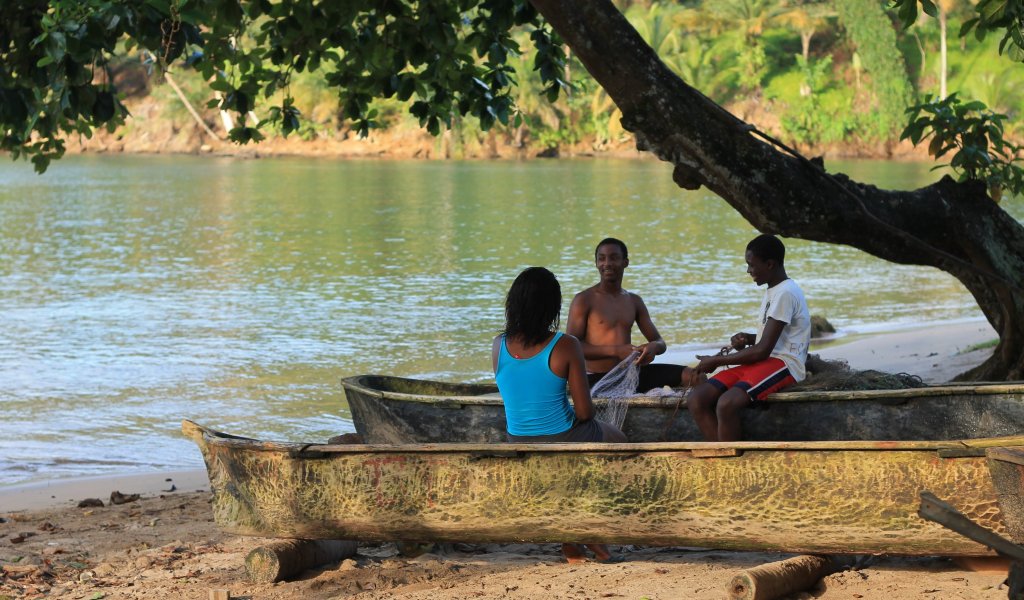
Exploring São Tomé and Príncipe’s Rainforest: A Guide to Canopy and Jungle Tours
Renowned for their lush rainforests, pristine beaches, and vibrant biodiversity, São Tomé and Príncipe are a haven for eco-tourists and adventure seekers alike. Whether you are searching for…
A Taste of São Tomé and Príncipe: Cacao Plantation Tours and Local Culinary Delights
Set in the heart of the Gulf of Guinea, São Tomé and Príncipe are tropical havens where pristine nature, rich history, and vibrant flavours collide. Historically one of the world's largest cocoa…
São Tomé and Príncipe’s Cultural Wonders: Discover Island Life through Local Experiences
Dive into the cultural activities available on Príncipe, such as artisan village visits, cooking classes, and community hikes.
